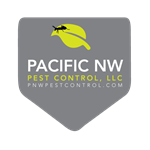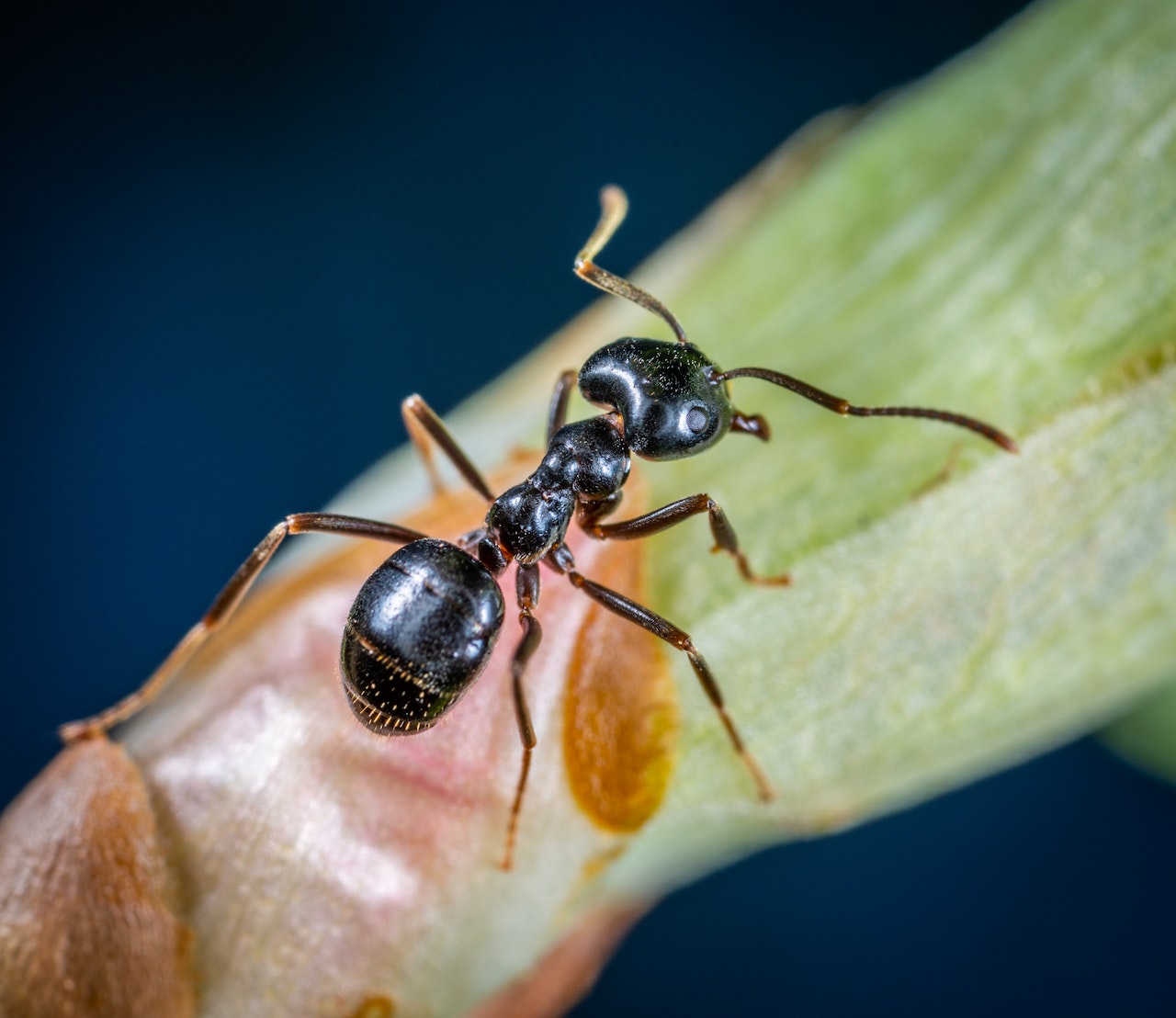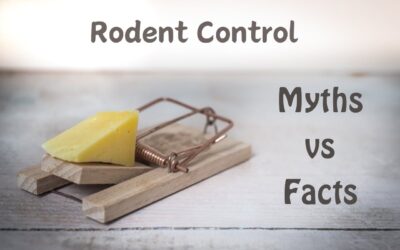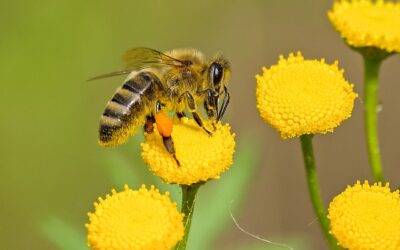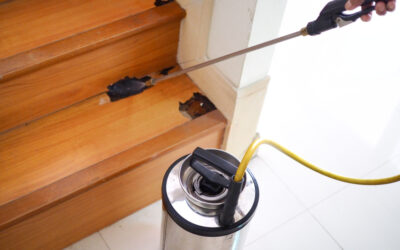Ants seem to be everywhere. Whether inside your house or outside in your yard, it’s more than likely that you will see them around your living establishment. Even a picnic in the park will bring about ants but sometimes you have to wonder what kind of ants are we coming across? In the Pacific NW there are numerous ant species but here we list some of the most common ants that you will see.
Sugar Ants
Sugar ants, also known as odorous ants, have colonies that consist of multiple nests and contain numerous queens. They are social insects, like most ants, with complex foraging strategies and allocate food sources depending on the condition of the environment and competition with other ants.
Sugar ants also have diverse habitats which include the homes of people. They mostly forage for honeydew produced by aphids and other scale insects as well as floral nectar and sugary foods. These little black pests are common in almost any household and can be identified by smashing one in between your fingers and determining if there is a pungent smell. If there is a noticeable smell afterward you can be sure it is a sugar ant.
Carpenter Ants
Carpenter ants are larger ants that build nests inside of wood consisting of what is known as galleries. They chew through wood with their mandibles or jaws and prefer dead, damp wood. Unlike termites, they do not consume the wood they chew. Though carpenter ants are common in forested areas they can easily infest buildings and structures where wood is present causing major problems due to structural damage. On the flip side, they are great for excavating wood in forested areas.
If you have carpenter ants around your home you will notice them because of their sheer size ranging from 3-13mm. They are a black to dark brown in color with three distinct body segments. Some carpenter ants even have two sets of wings.
Moisture Ants
Moisture ants are often seen as your typical black garden ant that you come across when you are outside in your yard. They make their nests around moist, rotting wood as their name suggests. Moisture ants can infest buildings but the likelihood of structural damage is less than that of a carpenter ant because they only make galleries in wood that is already decayed. They are much smaller than a carpenter ant and dark brown in color.
If you do see moisture ants inside of your home it may be a sign that you have decaying wood somewhere within your homes structural beams and should be looked into. Unlike sugar ants, moisture ants are not seen following a trail so if they are in your home you will most likely see just a few around the evening hours when they begin to forage.
Pharaoh Ants
Pharaoh ants are very tiny ants that are a light brown to yellowish color that can almost seem transparent. They are notorious for being an indoor nuisance. Their colonies contain many queens and can be fragmented into bud colonies within a short period of time.
Though Pharoah ants are tropical species they have learned to acclimate to just about anywhere provided that heating is somewhere present and leading to why they are attracted to the indoors. Worker ants are about 2 mm long with queens averaging around 3-5 mm. None of these ants fly but males are winged and the queens will initially have wings that they lose after mating.
Pavement Ants
Pavement ants are not typically a nuisance inside your home but as with any ant they can make it inside if they feel the need. Worker ants of this variety are small in size with an average of 3 mm in length. They are dark brown to black in color and have a shine to them. They are attracted to warmth and since some of them fly they can find their way inside and will often be seen near window sills as the warmth of the sun draws them in.
Most of the time, pavement ants can be seen in meadows near debris or under rocks. Around urban areas, pavement ants can be seen near sidewalks (hence their name) within the cracks and underneath patios. They are larger colonies with a single queen though some have been known to have multiple. Over several years their colonies can exceed over 10,000 workers. When they are foraging for food they lay a chemical smell similar to that of a sugar ant so other workers can be led to the food source.
Thatching Ants
Thatching ants in the Pacific NW are much larger than most species with a stocky build that averages around 4-8 mm in length. They are red to black in color with their bodies being more black and their heads red. Thatching ants have powerful jaws and are known for the large mounds that they create. These mounds are so large in fact that they are often the first thing a person notices before the ants themselves. Each mound has an array of subterranean tunnels and galleries that extend below the soil of the mound which means that the actual mound that you see is only the beginning of their actual colony.
Harvester Ants
Harvesting ants operate a little differently than the ants mentioned above. These ants are seed collectors and help to disperse seeds as bees do with pollen. This is one reason why they prefer open areas to live where seeds are easily accessible. They are referred to as agricultural ants as they not only help in seed dispersal but also provide soil aeration through the chambers and galleries they create in the upper layers of soil. Seeds that are collected from these ants are stored in nests within communal chambers called granaries.
These ants range from red to black in color. They have two segments and most species have spines at the top of their midsection. Harvester ants are also known to be more aggressive in nature and are poisonous and since they can sting multiple times injecting venom, they are considered dangerous. Like most of nature, however, these ants along with others tend to only show aggression when they perceive a threat.
If you notice ants around or inside your home it is best to contact your local pest company before these pests build large colonies under or around your home. Taking care of these pests at the first sign of them will help to ensure that you do not have to deal with ants infesting the inside of your living space.
